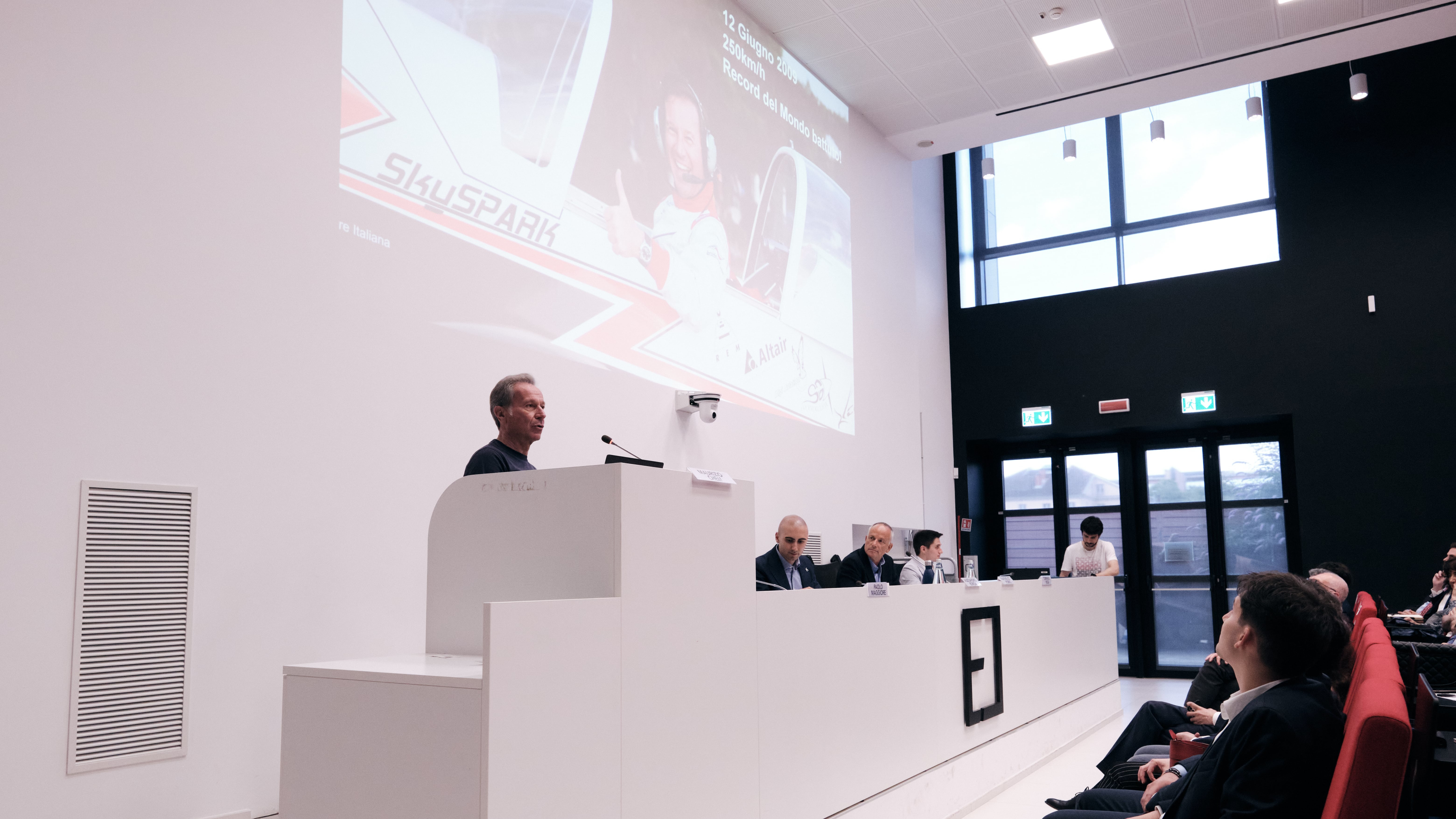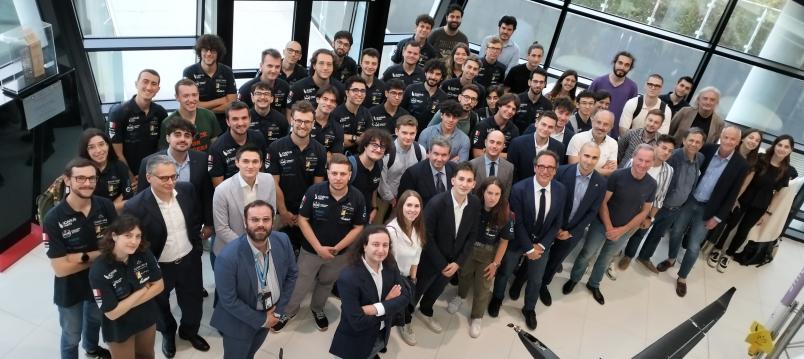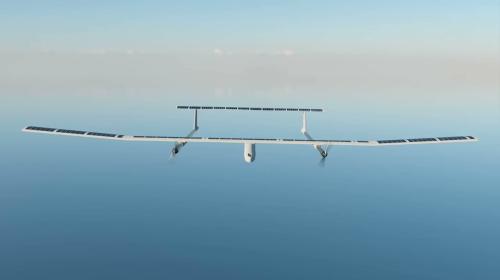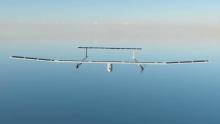
Team ICARUS presents new solar drone RA 2.0 with astronaut Maurizio Cheli

Yesterday, the ICARUS Team from Politecnico di Torino unveiled its latest solar-powered drone project during a public event. The student team, now counting 130 members, is engaged in several innovative initiatives, including RA, a project aimed at developing the first solar-powered drone from an Italian university with a mission approved by ENAC (Italy’s National Civil Aviation Authority).
Supervised by Professor Paolo Maggiore from the Department of Mechanical and Aerospace Engineering (DIMEAS), the team presented the drone prototype alongside Maurizio Cheli—astronaut, chief test pilot, Eurofighter test pilot, and electric vehicle land-speed record holder.
Representing the university, Vice-Rector Elena Baralis opened the event with institutional greetings, stating: “Our student teams work on ambitious projects that allow them to explore new frontiers of research, such as this electric aircraft. I’d like to thank all the students who put their passion into teamwork to bring prototypes like this one to life. A special thanks also goes to the companies that support our teams, making these research and training activities possible.”
Fulvio Corno, Vice-Rector for Education, added: “A drone project involves every field of engineering, and such a complex system can only be developed through teamwork. I’d like to join the Vice-Rector in congratulating the team for their outstanding work, which is thorough in every detail: from design, to industry collaboration, resource management, and communications.”
Speakers discussed the topic of electric aerospace propulsion, focusing on its various forms: batteries, solar power, and hydrogen. The panel featured: Luca Bedon, Head of Research and Technology at Avio Aero; Mario Salipante, ENAC engineer for regulation and research in Innovative Air Mobility; Gianfranco Chicco, Professor of Electrical Systems and IEEE R8 Italy Section Chair; Alessandro Borgia, Tommaso Bussi, Antonio Gregorio, Angelo Romano, and Ludovica Mazzucco from Team ICARUS - RA Project. The event was moderated by Raffaello Porro and organized in collaboration with the IEEE Italy Section and the IEEE Aerospace and Electronic Systems Society (AESS) via its Italy Chapter.
The RA 2.0 Project
The Record Aircraft (RA) project aims to develop a technological demonstrator drone capable of performing long-duration missions in full energy autonomy thanks to solar power.
The first prototype, named "Amelia", was designed and built by students and completed its maiden flight in May 2022. The UAV (Unmanned Aerial Vehicle), weighing 15 kg with a 5-meter wingspan, successfully flew for about 20 minutes, demonstrating the team’s technical capabilities in building a medium-small aircraft.
This first test provided critical insights into areas for improvement and technological advancement in future prototypes.
Following that milestone, the team set a new goal: to develop a next-generation aircraft capable of over 10 hours of flight time powered solely by solar energy, aiming to set a new endurance record for drones in the “specific” category.
The design of the new drone, called "Record Aircraft 2.0", began in March 2023 and is currently in its detailed development phase. Design work is expected to be completed by September 2024.
Construction is scheduled for Fall 2024, with system integration—such as parachute, battery, and flight control computer—planned for the same period. The first flight is expected before Christmas, while flight testing is scheduled for March and April 2025, followed by the mission flight in May 2025.
“Our project aligns with the current global trend in aviation toward more sustainable solutions - said Alessandro Borgia, engineering student and project lead for RA 4.0 - developing a solar-powered drone with extended flight endurance allows us to validate a platform that can be used for various purposes such as monitoring, search and rescue, and environmental surveying.”
Professor Maggiore concluded: “It’s inspiring to see the ICARUS team working in synergy with other research groups at the Politecnico. In addition to pursuing ambitious technological goals, our students generously share their platforms and pilot expertise with ongoing research efforts. For example, a previous team prototype is now being used as a flying testbed by several research groups to refine fiber optic sensor technologies, in collaboration with Photonext, the university’s Interdepartmental Center.”

